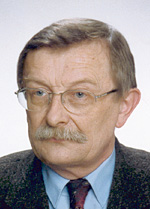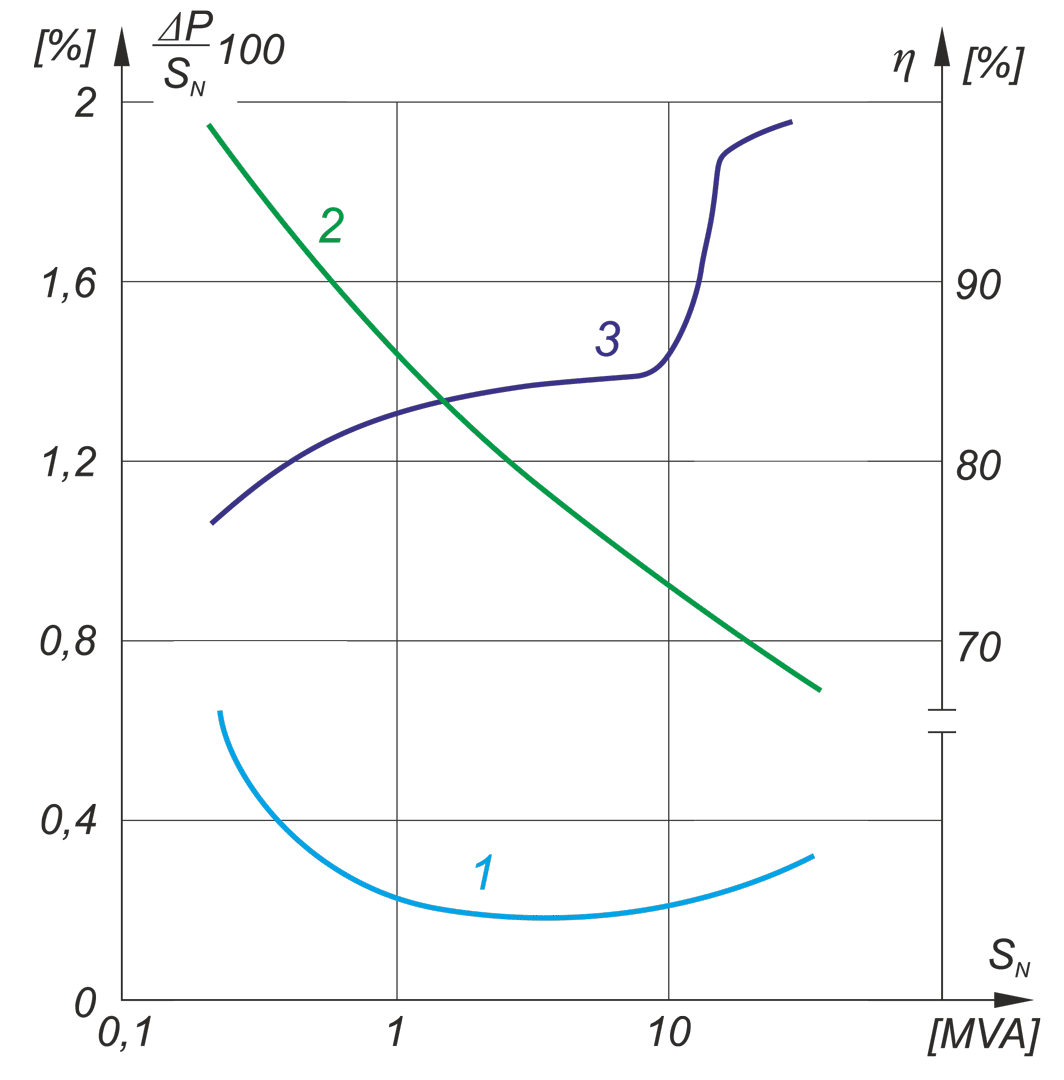E-pismo dla elektryków i elektroników
AUTOMATYKA, ELEKTRYKA, ZAKŁÓCENIA
vol. 12, nr 2 (44) 2021
Straty mocy i sprawność transformatorów
Power Losses and Efficiency in Transformers
prof. dr hab. inż. Tadeusz GLINKA
Abstract
Energy efficiency of transformers has been defined in the paper. The continuous progress noted in technology of electrical steel used for transformer laminations results in decreased lossiness and increase of flux density saturation in the core. Therefore, conditions are established for decreasing core weight and, to a lesser degree, decreasing winding weight as well. The examples of idle and load power losses have been provided for distribution transformers manufactured in 1960s and for those manufactured now. The European Commission [8] and European Standards have ruled that further decrease in power losses and increase in efficiency of newly-installed transformers must come into effect by 1st July, 2021
Streszczenie
W artykule zdefiniowano sprawność energetyczną transformatorów. Stały postęp technologii blachy transformatorowej owocuje obniżeniem stratności i wzrostem indukcji nasycenia rdzenia. Stwarza to warunki do zmniejszenia masy rdzenia i, w mniejszym stopniu, zmniejszenia masy uzwojenia.. Podano przykłady strat mocy w stanie jałowym i obciążeniu transformatorów rozdzielczych produkowanych w latach 60. XX w. i obecnie. Komisja Unii Europejskiej [8] i Normy Europejskie[6,7] ustaliły od 1 lipca 2021 r., dalsze obniżenie strat mocy i zwiększenie sprawności instalowanych transformatorów.
Keywords
power transformers, power losses, efficiency, transformer standards
Słowa kluczowe
transformatory energetyczne, straty mocy, sprawność, normy transformatorowe.
Rys. / Fig.
Bibliografia / Bilbiography
[1] T. Glinka: „Maszyny elektryczne i transformatory.”, PWN, 2018, ISBN978-83-01-20115-9.
[2] E. Jezierski: „Transformatory.”, Podstawy teoretyczne. PWT, 1965.
[3] E. Jezierski, Z. Gogolewski, Z. Kopczyński, J. Szmit: „Transformatory. Budowa i projektowanie.”, PWT, 1963.
[4] U. Kałużna: „Kryteria wymiany transformatora na transformator nowy.”, Napędy i Sterowanie 6/2020, s. 30 – 34, ISSN 1507-7764.
[5] J. Sobota: „Transformatory olejowe o rdzeniu z taśm amorficznych.”, Zeszyty Naukowe Politechniki Śląskiej. ELEKTRYKA Z. 155, 1996, s. 113 – 119, PL ISSN 0072-4688.
[6] Norma Europejska. PN-EN 50708-2-1: 2020-10. Transformatory . Dodatkowe wymagania europejskie. Część 2-1 Transformatory średniej mocy. Wymagania ogólne. (EN 50708-2-1: 2020. Power transformers - Additional European requirements: Part 2-1 Medium power transformer - General requirements).
[7] Norma Europejska. PN-EN 50708-3-1: 2020-10. Transformatory . Dodatkowe wymagania europejskie. Część 3-1 Transformatory dużej mocy. Wymagania ogólne. (EN 50708-3-1: 2020. Power transformers - Additional European requirements: Part 3-1 Medium power transformer - General requirements).
[8] Rozporządzenie Komisji (UE) nr 201911783 z dnia 1 października 2019 r. zmieniające rozporządzenie (UE) nr 548/2014 z dnia 21 maja 2014 r. w sprawie wykonania dyrektywy Parlamentu Europejskiego i Rady 20091125/WE w odniesieniu do transformatorów elektroenergetycznych małej, średniej i dużej mocy. Dziennik urzędowy Unii Europejskiej, z dnia 25.10.2019 r. L 272/107-120









































